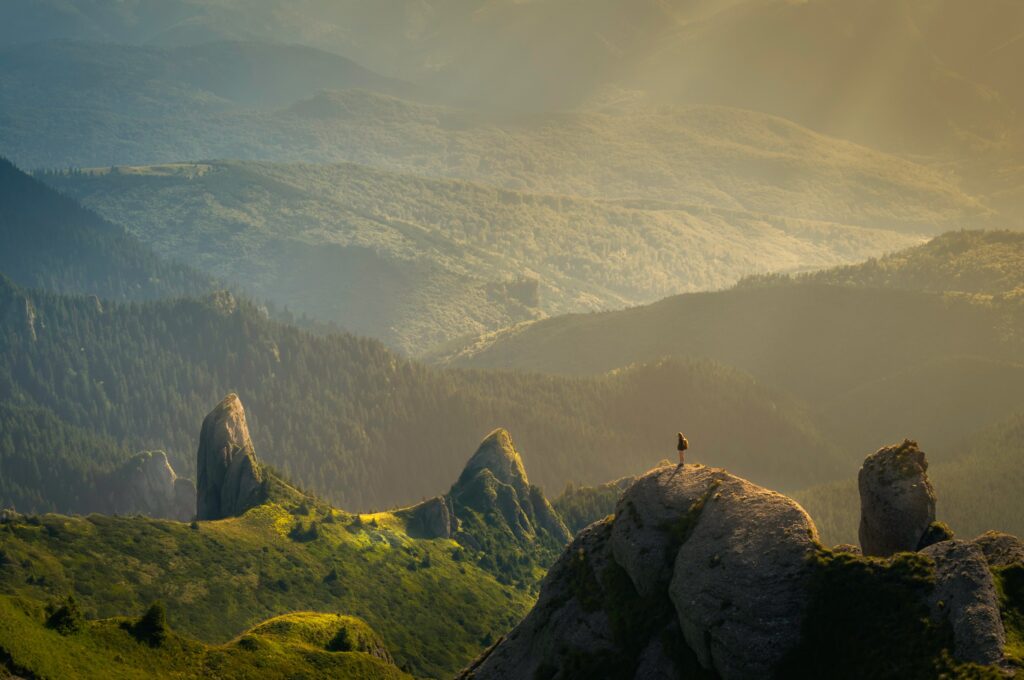
Landscape photography is a popular and rewarding genre that allows you to capture the beauty and majesty of the natural world. In this article, we'll go over some tips and techniques for capturing stunning landscape photographs.
One of the most important elements of landscape photography is the use of light. The quality and direction of the light can greatly affect the mood and atmosphere of the photograph, as well as the colors and textures of the scene. For example, soft, diffuse light, such as that found on an overcast day, can create a moody and atmospheric image, while harsh, directional light, such as that found at sunrise or sunset, can create dramatic contrasts and highlight the texture of the scene.
Another important element is composition. In landscape photography, it's often helpful to use the rule of thirds and leading lines to create a balanced and dynamic image. You can also use elements in the scene, such as trees or mountains, to frame the main subject or create depth and movement.
It's also important to consider the perspective and focal length of the photograph. Changing your perspective, such as by shooting from a low angle or a high angle, can create a different mood and impact in the image. Similarly, using a wide-angle lens can create a sense of grandeur and scale, while using a telephoto lens can compress the distance and create a more intimate image.
Another important aspect is the use of exposure settings. In landscape photography, it's often helpful to use a small aperture, such as f/11 or f/16, to keep more of the scene in focus. It's also important to use a low ISO to minimize noise and maintain image quality. Shutter speed is also important, as a longer shutter speed can create a sense of movement, such as in flowing water, while a shorter shutter speed can freeze action, such as in a crashing wave.
It’s important to plan your shots and be patient. Landscape photography often requires scouting locations, waiting for the right light, and being prepared for changing weather conditions. By taking the time to plan and execute your shots, you can capture stunning landscape photographs that showcase the beauty and majesty of the natural world.